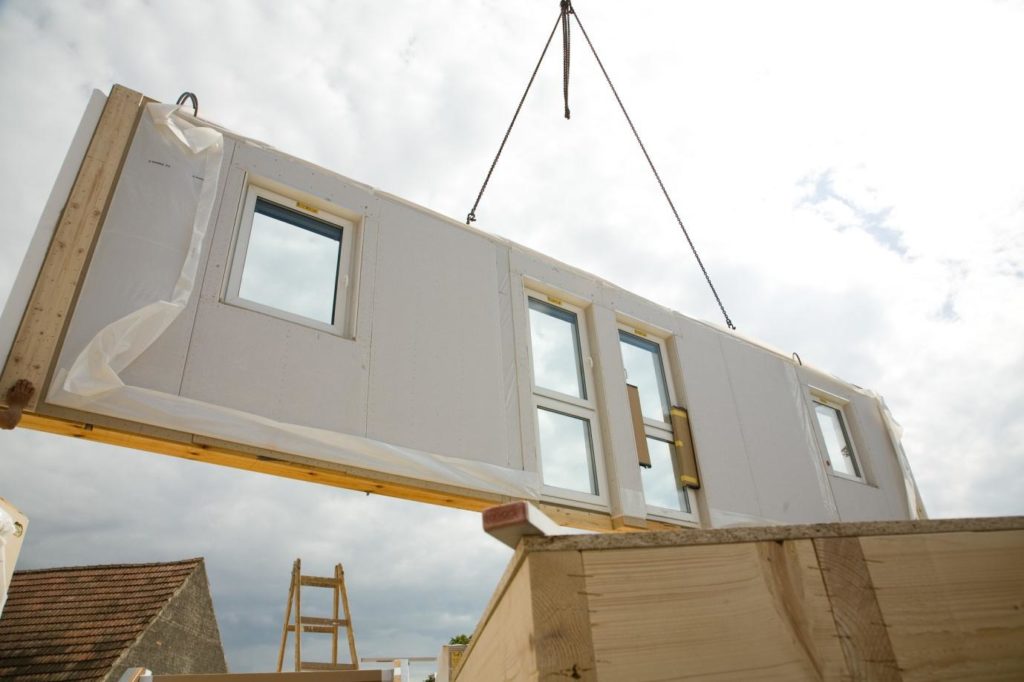Disclosure: This post may contain affiliate links, meaning we get a commission if you decide to make a purchase through our links, at no cost to you. Please read our disclosure for more info.
When building a timbered structure, it’s important to choose the framing style carefully. This is because it has a say on the overall appearance and durability of your timbered structure. From the walls to the ceiling, you need a framing style that guarantees the best performance. At the moment, the most popular framing styles for timbered structures are box beams and timber frames. Sometimes, choosing between the two materials is never easy since both enjoy amazing qualities. But still, both have their own share of concerns.
To help you choose between the two, here is an explanation of their differences.
Timber Frames
Timber frames are networks constructed from timber pieces that are meant to transmit loads to a building foundation. The frames are made of square-off and keenly-fitted timber pieces. The commonest timber frames types at the moment are:
- Box frames: The frames feature wall frames joined by cross tie beams. They are meant to be fitted directly on the wall space.
- Cruck frames: These frames come with a simple structural design. They feature crossed frames that are built from inclined timbers.
- Aisled construction: These frames come with extra internal spaces and feature internal wall posts and roofed aisles.
When considering timber frames, here are some important factors to keep in mind:
- Design: Originally, timber frames were built as independent (stand-alone) framing structures. So, they don’t need to utilize support features to work on your structure.
- Interior Exposure: Due to the use of dense wood, timber frames may not be visually exposed on the inside. This is because so many frames are required to bring about an attractive interior exposure.
- Joinery: The joiner work involved in building timber frames is a little complex. They require a traditional joinery solution such as mortise & tenon or dovetails. Both options provide a stable framework after joinery.
- Fitting Precision: It’s not just the joinery work that’s technical but the fitting too. The size of the pieces used to make timber frames has to be precise. So, you’ll need a trained craftsman to design timber frames for you.
Pros
- Design Flexibility: Timber frames provide you with so many design possibilities. The frames come in whatever style and finish that you prefer. Though their square shape is retained, you can decide the customization that you want.
- Quality installation: When well-fitted and taken care of, timber frames are a quality option. They are able to serve you for long while guaranteeing a strong and stable construction.
- Easy Installation: Timber frames are generally easier to fit. The frames come ready to be joined on your construction site. Actually, it takes a couple of days to have the structure erected.
- Freezing-friendly: The problem with most bricks and blocks is that they are unable to withstand freezing temperatures. Timber frames, on the other hand, are able to tolerate sub-zero temperatures. This makes them a great choice in extremely cold places.
- Green Construction: Timber frames are generally eco-friendly. They don’t pose any issue to the environment.
- One-company installation: Often, the installations of timber frames require the input of one company. From the supply of the frames to their fitting, you only need a single company. This guarantees the best-timbered structure in the long run.
Cons
- May rot: This is a possibility when exposed to damp conditions for long.
- Fire risk: In the event of a fire, timber frames are a risk. They will spread fire faster and it may become uncontrollable.
- Not energy-efficient: Timber frames will not save you energy as it’s the case of bricks and blocks. They are not energy-efficient. If you want to save on energy, you’ll need to insulate the frames.
- Not sound proof: Compared to solid blocks, timber frames are not great at blocking out sounds.
Box Beams
Box beams (boxgirders) refers to pieces of wood joined together at a right angle to eventually create a hollow structure. Though steel is often used, the most popular material is wood when it comes to home structures. Normally, there are two types of box beams: three-sided and four-sided beams. It all depends on what you prefer. Either way, box beams are incredible construction frames.
Here are some important facts about them:
- Design: Unlike timber frames, box beams are not stand-alone structures. They need to be joined to each other to form a formidable network for your timbered structure.
- Interior exposure: The builder has freedom for creating interior space. This is because they don’t require so many beams to create it.
- Joinery: The joinery work for box beams is not that complicated. Actually, they may mimic the design of timber frames but are not complicated. They employ simple joinery solutions such as the use of bolts.
- Fitting precision: The erection of box beams is fast and easy. However, they also require some level of precision. The pieces making the box beam frames have to be skillfully joined with precision in mind.
Pros
- Lightweight: Since box beams are hollow, they are not heavy. They allow for easy transportation and fitting.
- Strength: Box beams are built to last. They form strong frameworks on the ceiling and wall and will guarantee quality service if well maintained.
- Minimum maintenance: Unlike timber frames, box beams have small surface exposure. Thus, they don’t wear off frequently.
- Does not rot: Since the surface is not so much exposed, box beams are not prone to rotting. This is also because the level of condensation is low.
- Reduced cracking/twisting: The materials are not prone to cracking or twisting even under physical and thermal stress.
- Decorative designs: The box beams come in attractive designs.
Cons
- Fire risk: Timber box beams are a fire risk just like timber frames. Their steel counterparts, however, are fireproof.
- Less energy-efficient: Though not as less efficient as timber frames, box beams will also require insulation to guarantees energy saving.
- Expensive: From the purchasing of the box beams to the installation, it’s costly.
Which Framing Style is Right for You?
Clearly, the big difference between box beams and timber frames is the way that the frames are joined to each other. So, it’s just a matter of what works for you after factoring their pros and cons. If you want help with any of the framing materials, just talk to Big Timberworks. They employ modern technology to create amazing framing solutions out of reclaimed woods. They are your ideal construction solution when it comes to matters timber frames, metal frames, and customized furniture.




